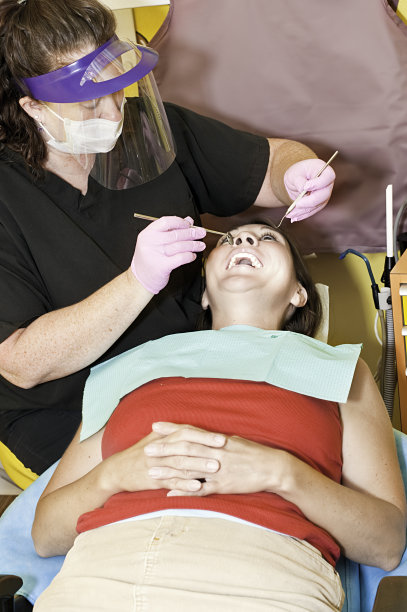The Essential Guide to Why and How to Extract a Tooth Safely and Effectively for Optimal Dental Health
Summary: Tooth extraction may seem daunting, but with the right knowledge and techniques, it can be performed safely and effectively. This guide delves into the reasons for tooth extraction, the preparation processes, the extraction techniques, and post-extraction care. Understanding these key aspects will ensure that patients can manage dental health optimally while minimizing discomfort and complications. By recognizing the importance of professional dental advice, individuals can navigate the extraction process with confidence and assurance, ultimately contributing to better overall oral health.
1. Understanding the Reasons for Tooth Extraction

Tooth extraction is often necessary for several reasons, the most common being dental decay. When a tooth is severely compromised by cavities or decay, it can lead to infections that jeopardize not just the affected tooth but the surrounding tissue and bone as well. Thus, extracting a decaying tooth may prevent further health complications.
Another critical reason for tooth extraction is overcrowding. In cases where there is insufficient space in the jaw, such as with wisdom teeth, dentists may recommend extraction to facilitate proper alignment of other teeth. This can be particularly important for individuals undergoing orthodontic treatment.
Lastly, gum disease can also necessitate tooth removal. Chronic periodontitis, for instance, can weaken the supportive bone structure, making the teeth unstable. Removing affected teeth can help maintain better gum health and prevent further tooth loss.
2. Preparing for the Tooth Extraction Procedure
Preparation is vital for a successful tooth extraction. The first step typically involves a comprehensive dental examination, which often includes X-rays to assess the tooths position and the surrounding bone structure. This enables the dentist to formulate an effective extraction plan.
Patients must also communicate their medical history with the dentist. Any underlying health conditions, medications, or allergies may affect the extraction procedure and recovery. This transparency helps ensure that the dentist can tailor the approach to each individual’s needs.
Moreover, patients should ensure they have a plan for post-procedure care, including arranging for a friend or family member to accompany them home. Having necessary pain relief medication and soft food options readily available can further ease the recovery process.
3. Techniques for Safe and Effective Tooth Extraction
Dental professionals utilize various techniques for tooth extraction, which are generally categorized into simple extractions and surgical extractions. A simple extraction may be employed for visible teeth that can be easily grasped. The dentist first numbs the area and uses specialized tools to gently rock the tooth free from its socket.
Surgical extractions, on the other hand, are reserved for teeth that are not easily accessible, such as impacted wisdom teeth. This often requires making a small incision in the gum to access the tooth. Both techniques necessitate skill to minimize trauma to surrounding tissues, thereby ensuring a smoother recovery.
Additionally, modern advances in anesthetics enable dental professionals to perform extractions with minimal discomfort. Sedation options can also be made available for anxious patients, making procedures less intimidating and more comfortable.
4. Post-Extraction Care for Optimal Recovery
Following a tooth extraction, proper aftercare is crucial for promoting healing and preventing complications like dry socket infections. Patients are advised to bite down gently on gauze for 30 to 45 minutes post-procedure to assist clot formation and minimize bleeding.
Additionally, it’s essential to avoid vigorous rinsing, sucking through straws, or consuming hot foods and drinks within the first 24 hours. These actions can dislodge the blood clot, jeopardizing the healing process.
Over the following days, patients should stick to a soft diet and gradually reintroduce solid foods based on comfort levels. Regularly scheduled follow-ups with the dentist can help monitor the healing process and address any potential issues promptly.
Summary:
In summary, understanding the reasons, preparation, techniques, and care associated with tooth extraction provides invaluable insights into maintaining optimal dental health. Each step of the process is designed to ensure safety, efficacy, and comfort while promoting recovery. With proper guidance, patients can navigate their tooth extraction experiences with confidence, ultimately contributing to their overall oral health.
This article is compiled by Vickong Dental and the content is for reference only.


